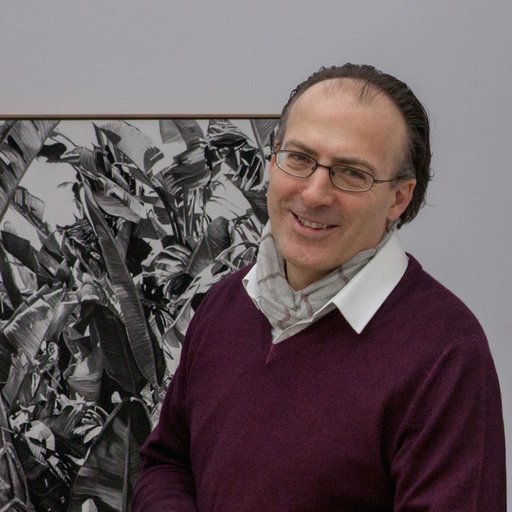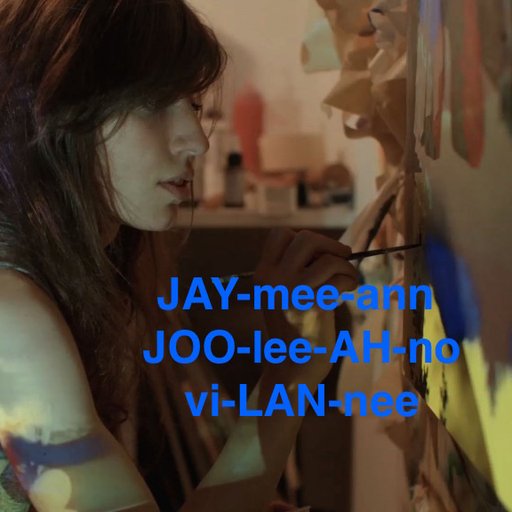Jan Fabre
The visual and performing art of seminal Belgian artist Jan Fabre challenges the will of the body and human nature whilst summoning traditional Old Flemish Masters. He began performing in the mid 1970s with a spark of controversy—some of his pieces included burning money from the audience to make drawings out of the ashes, sketching with his own blood, and covering himself in thumbtacks. He established his theater company, Troubleyn, in 1986 and has been active as a stage director and writer since then. In the 1980s he expanded his artistic process with his famous ballpoint pen drawings referred to as “Bic-art.” These works addressed the body, the fragility and energy of human spirit, and the attempt spirituality makes to transcend this delicate balance. These works extended into sculpture that manipulated materials including bronze, Carrara marble, and insect wings, among others. His interest in the spectrum of mortal instinct can also be found in smaller dioramas, which consider the balance between life and spirituality, death and madness. His mature work has explored the human brain specifically, striving to dig deeper into the impulses toward beauty, lust, and violence.
Fabre has exhibited at institutions including MAXXI, Rome, Louvre Museum, Paris, Kunsthistorisches …
The visual and performing art of seminal Belgian artist Jan Fabre challenges the will of the body and human nature whilst summoning traditional Old Flemish Masters. He began performing in the mid 1970s with a spark of controversy—some of his pieces included burning money from the audience to make drawings out of the ashes, sketching with his own blood, and covering himself in thumbtacks. He established his theater company, Troubleyn, in 1986 and has been active as a stage director and writer since then. In the 1980s he expanded his artistic process with his famous ballpoint pen drawings referred to as “Bic-art.” These works addressed the body, the fragility and energy of human spirit, and the attempt spirituality makes to transcend this delicate balance. These works extended into sculpture that manipulated materials including bronze, Carrara marble, and insect wings, among others. His interest in the spectrum of mortal instinct can also be found in smaller dioramas, which consider the balance between life and spirituality, death and madness. His mature work has explored the human brain specifically, striving to dig deeper into the impulses toward beauty, lust, and violence.
Fabre has exhibited at institutions including MAXXI, Rome, Louvre Museum, Paris, Kunsthistorisches Museum, Vienna, Busan Museum of Art, South Korea, Musée d’Art Moderne of Saint-Etienne, France, Kunsthaus Bregenz, Austria, 21st Century Museum of Contemporary Art, Kanazawa, Japan, PinchuckArtCentre, Kiev, and Musée d’Art Contemporain, Lyon, among others. He was invited by the State Hermitage Museum in St. Petersburg to create their first large-scale exhibition in 2016, and performed with Marina Abramovic at Palais de Tokyo in 2004. He participated in the Venice Biennale in 2011, 2009, and 2007 with solo exhibitions, and the Istanbul Biennial in 2007 and 1992. He represented Belgium at the 41st Venice Biennale in 1984. The artist was also awarded Grand Officer of the Crown in Belgium in 2004 and the International Art Award by the Christóbal Gabarrón Foundation in 2009, among other prizes. His installation of 1.6 million Thai Jewel Beetle wing cases, commissioned by Queen Paola, graces the ceiling and chandelier in the Hall of Mirrors at the Royal Palace in Brussels.
MuHKA Museum voor Hedendaagse Kunst Antwerpen, Antwerp, Belgium
SMAK Stedelijk Museum voor Actuele Kunst, Ghent,Belgium
Museum of Contemporary Art, Zagreb, Croatia
Kiasma - Museum of Contemporary Art, Helsinki, Finland
Musée d'Art Contemporain Lyon, Lyon, France
MARCA - Museo delle Arti Catanzaro, Catanzaro, Italy
Riso Museo d’Arte Contemporanea della Sicilia, Palermo, Italy
21st Century Museum of Contemporary Art - Kanazawa, Kanazawa, Japan
MUDAM - Musée d’Art Moderne Grand-Duc Jean, Luxembourg, Luxembourg
Museo Nacional Centro de Arte Reina Sofía MNCARS, Madrid, Spain
Kunstmuseum Basel, Switzerland
Deweer Gallery, Otegem, Belgium
Galerie Daniel Templon, Brussels, Belgium/Paris, France
Magazzino, Rome, Italy






